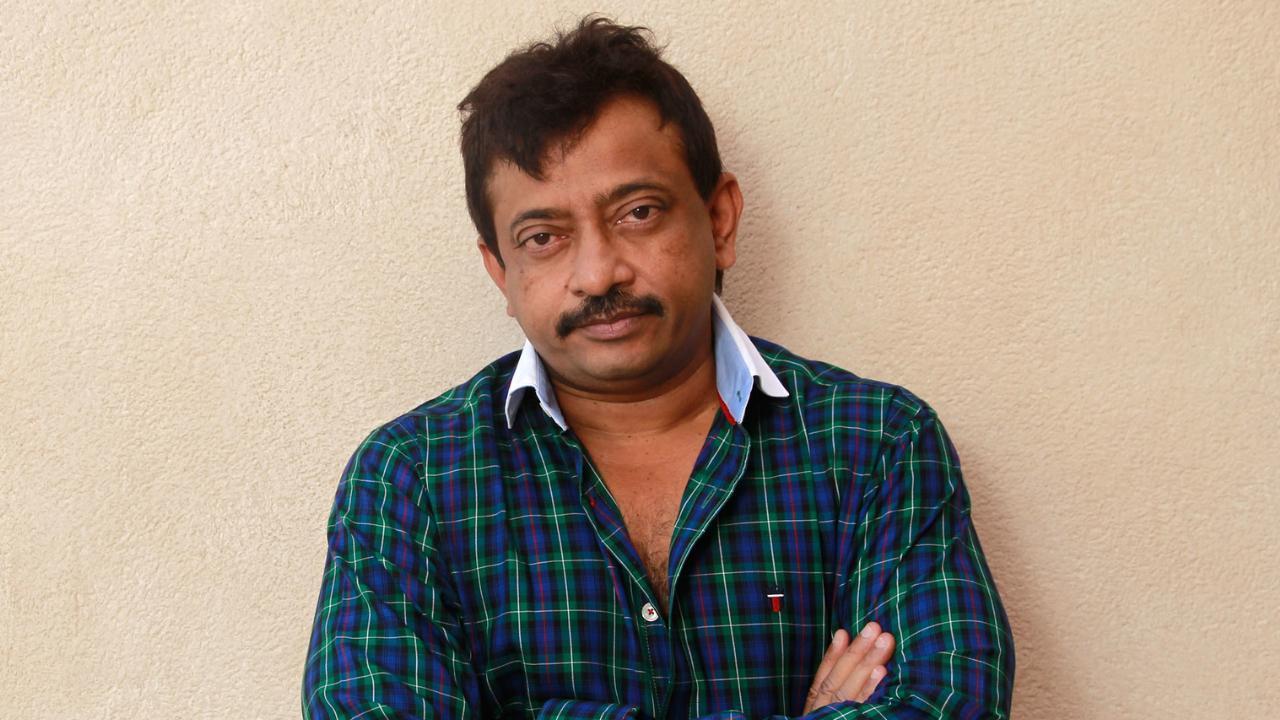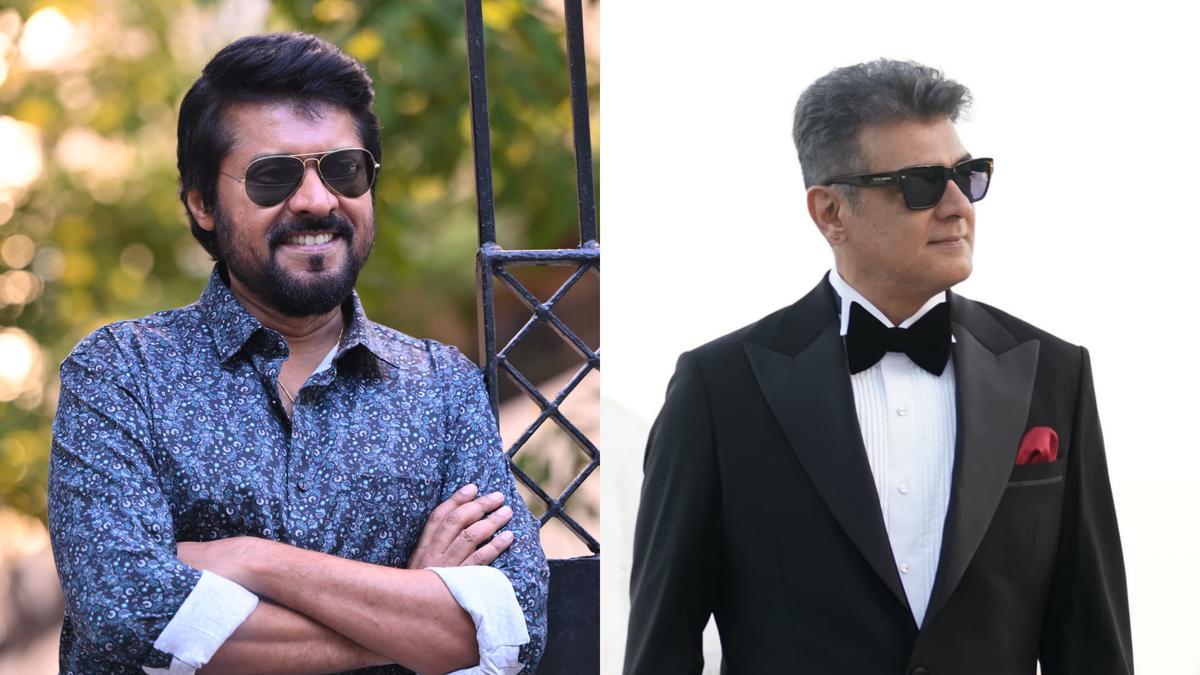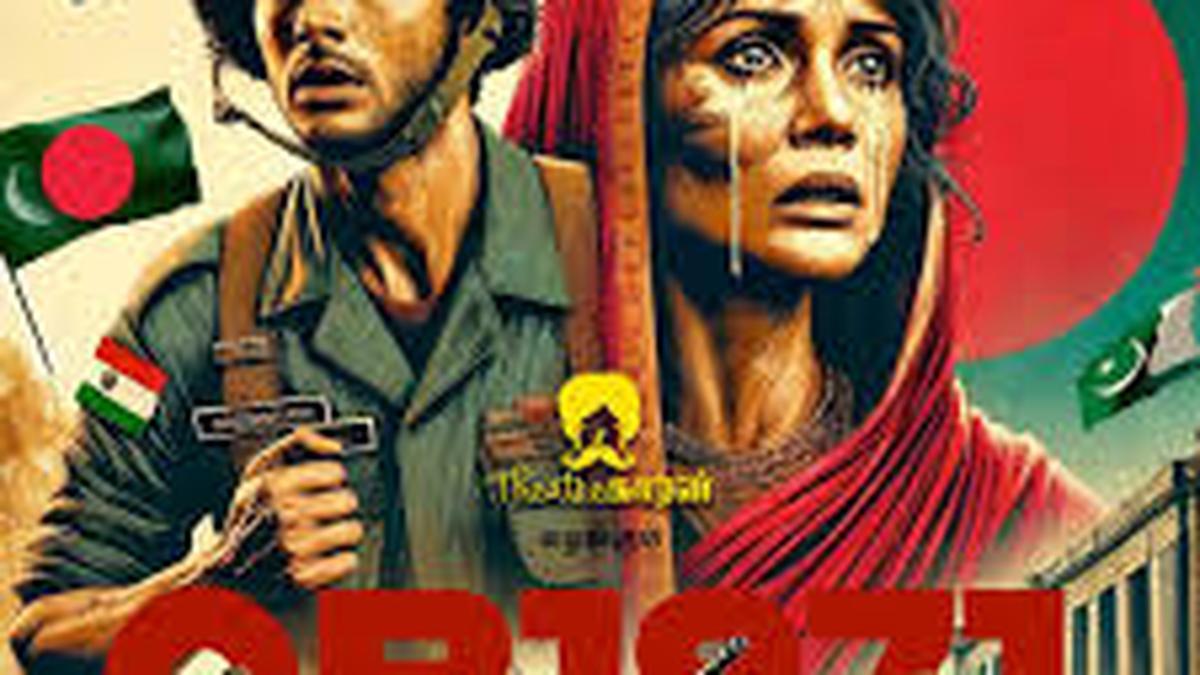
The barren beauty of Jordan’s Wadi Rum has enticed the cast and crew of the upcoming Bollywood blockbuster, Bade Miyan Chote Miyan, featuring heavyweights Akshay Kumar and Tiger Shroff. In an exclusive reveal, we bring the inside story from the remote desert settings that have transformed into a vibrant film set bustling with dance, drama, and high-octane action.
Remote and extremely picturesque, Wadi Rum, often referred to as the Valley of the Moon, hosted the team for a seven-day shoot to capture a colorful musical number. When one considers the seamless expanse of sand and sky that encapsulates Wadi Rum, it’s easy to wonder why this was the chosen destination for a song in a movie like Bade Miyan Chote Miyan. The answer is layered with both financial savvy and an artistic vision for jaw-dropping backdrops.
Under the meticulous eye of director Ali Abbas Zafar, a unit of 250 people came together in this cinematic wonderland to create magic on screen. Braving abrupt temperature dips and powerful wind gusts, the team’s dedication never faltered. The shoot required two flights from Mumbai and a considerable drive from Amman, topped with a 30-minute dash through the Jordanian wilderness, led by a driver fondly nicknamed after racing legend Michael Schumacher.
On set, the pulse of Bollywood music became a comforting melody in the crisp desert air as we caught Akshay and Tiger, along with leading ladies Manushi Chhillar and Alaya F, in their element, choreographed by the celebrated Bosco Martis. Despite the bone-chilling weather, Shroff’s rehearsal in minimal gear, embracing the sparse warmth of the desert sun, exemplified the commitment to their craft.
Jordan’s allure isn’t just in its dramatic landscapes; the country’s rising status as a filmmaking destination boils down to its economics. Heavy-hitter productions such as “Dune” and “John Wick: Chapter 4” have been drawn here, leveraging the cost-effective and skilled local crew base. Producer Jackky Bhagnani highlighted Jordan’s competitive edge, including government rebates and no additional taxes for up to 10 months of filming. Zafar, the mastermind behind the lens, was particularly captivated by the diverse visual plateaus the country offers, an awe-inspiring mix from seascape to mountain might, earthy tones to grandeur.
Wrapped up with an eight-hour daily schedule, the production threw a wrap party where glimpses of the adrenaline-fueled making were screened. With tanks, helicopters, and explosive stunts in the film’s teaser, it’s evident the team has leveraged Jordan’s abundant military resources. The Royal Film Commission of Jordan has been pivotal, providing access to authentic weaponry, thus underscoring the rich cinematic potential of the country’s landscapes.
The love affair between Jordan and Bollywood is mutual and deep-rooted. In Aqaba, a quaint coastal city in Jordan joked by its geographical relationship with Saudi Arabia, Egypt, and Israel, the local fascination with Indian cinema was palpable. Business owners spontaneously treated us to iconic Bollywood numbers as a gesture of kinship, a testament to Bollywood’s global resonance.
Petra, just a short drive from Aqaba, welcomed us with hospitality that bespoke the fondness for Indian cinema, as shopkeepers, recognising our Indian heritage, generously offered gifts — a subtle reminder of the untapped connection Bollywood forges worldwide.
As Bade Miyan Chote Miyan gears up for its grand release, the glimpses from its Jordan journey reveal more than the expected visual feast. The experiences etch a story of international collaboration, shared passions, and the unifying power of cinema transcending borders, ideologies, and cultures.










